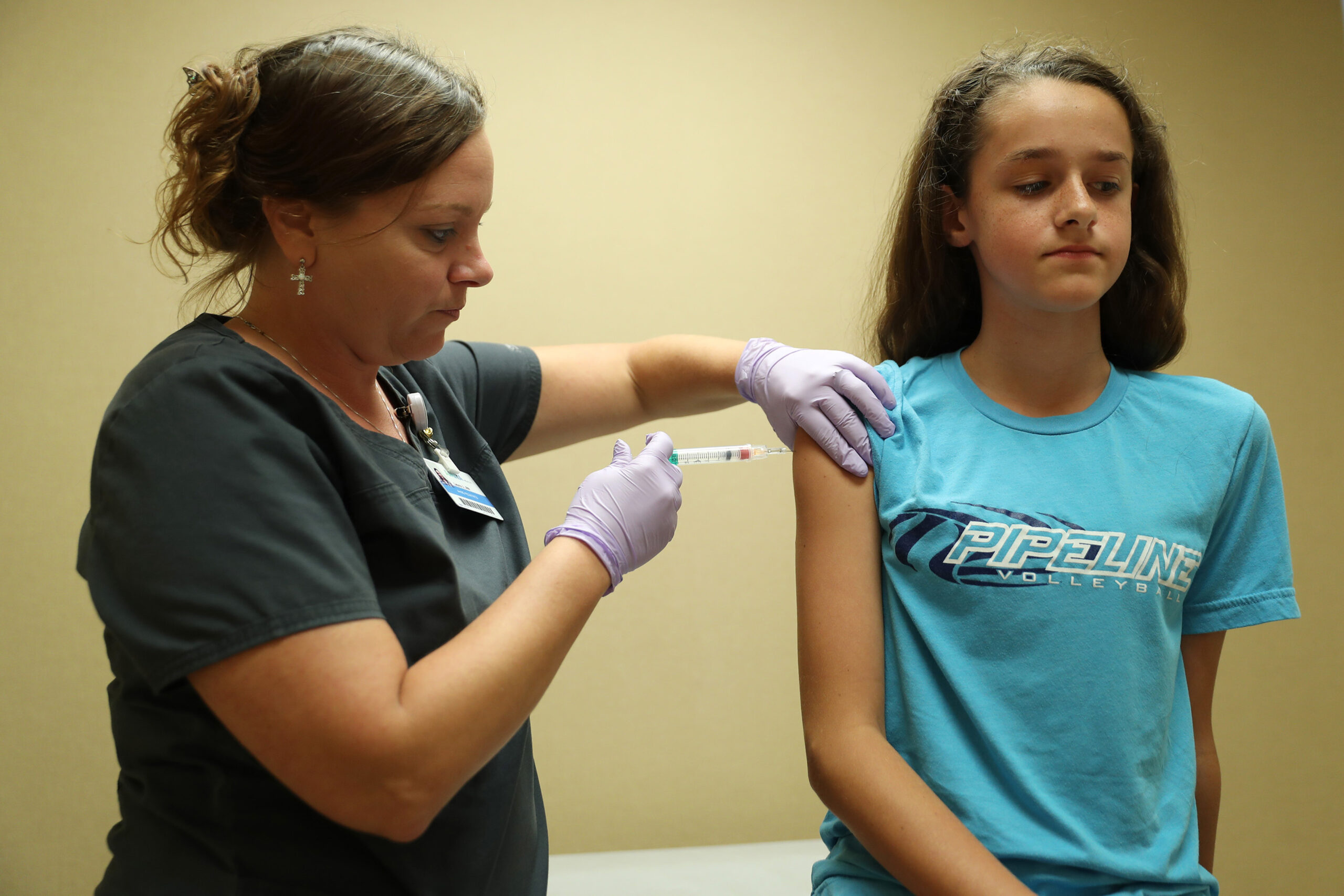|
Getting your Trinity Audio player ready...
|
Drowning is one of the biggest risks for small children during the summer months. Though we know not to take our eyes off of our children even for a moment in the pool or the sea, even if there is a lifeguard, even if they are wearing life jackets, and even if they “know how to swim,” — there is still a risk.
There is another lesser-known risk that can be fatal, especially to children. It is referred to as “dry drowning” or “secondary drowning,” which are non-medical terms, but they refer to rare complications that are more common in children. Watch out for them and go to the doctor or hospital emergency room as soon as they occur, if they do.
Dry drowning occurs when there is a lack of oxygen in the body and it results from inhaling or swallowing a small amount of water while swimming through the nose or mouth, which causes a spasm in the child’s vocal cords and leads to the closing of the airways, resulting in difficulty breathing. These signs start hours later or develop days after the drowning.
Can you drown outside of water?
As mentioned, this is a series of delayed symptoms that someone may experience after a water-based accident which is different than actual drowning, because there is no water that actually reaches the lungs.
Secondary drowning is another term people use to describe other complications of drowning. It occurs in a situation where water enters the lungs and can irritate the lining of the lungs and fluid is able to accumulate, which causes a condition called pulmonary edema. Pulmonary edema is one of the most serious conditions that can occur when water enters the lungs.
Dr. Jason Milk explained that “the lungs stop working properly, and it can lead to a more serious medical emergency.”
“You will likely notice that your child has trouble breathing right away, and it may get worse in the following 24 hours. Your child may also experience changes in behavior such as irritability or low energy levels, which means the brain is not getting enough oxygen. Although in most cases the symptoms pass by themselves, it is important to check them.”
Dr. Mark Reiter, former president of the American Academy of Emergency Medicine, said, “The most likely scenario is that the symptoms are relatively mild and improve over time. Any problem can usually be treated if the patient receives medical treatment immediately, and the parents’ task is to monitor the child closely for 24 hours after the incident.”
Raymond Petit, assistant medical director of the emergency department at Children’s Hospital of Pittsburgh, says that if the symptoms do not go away or if they get worse, the child should be taken to the emergency room immediately.



